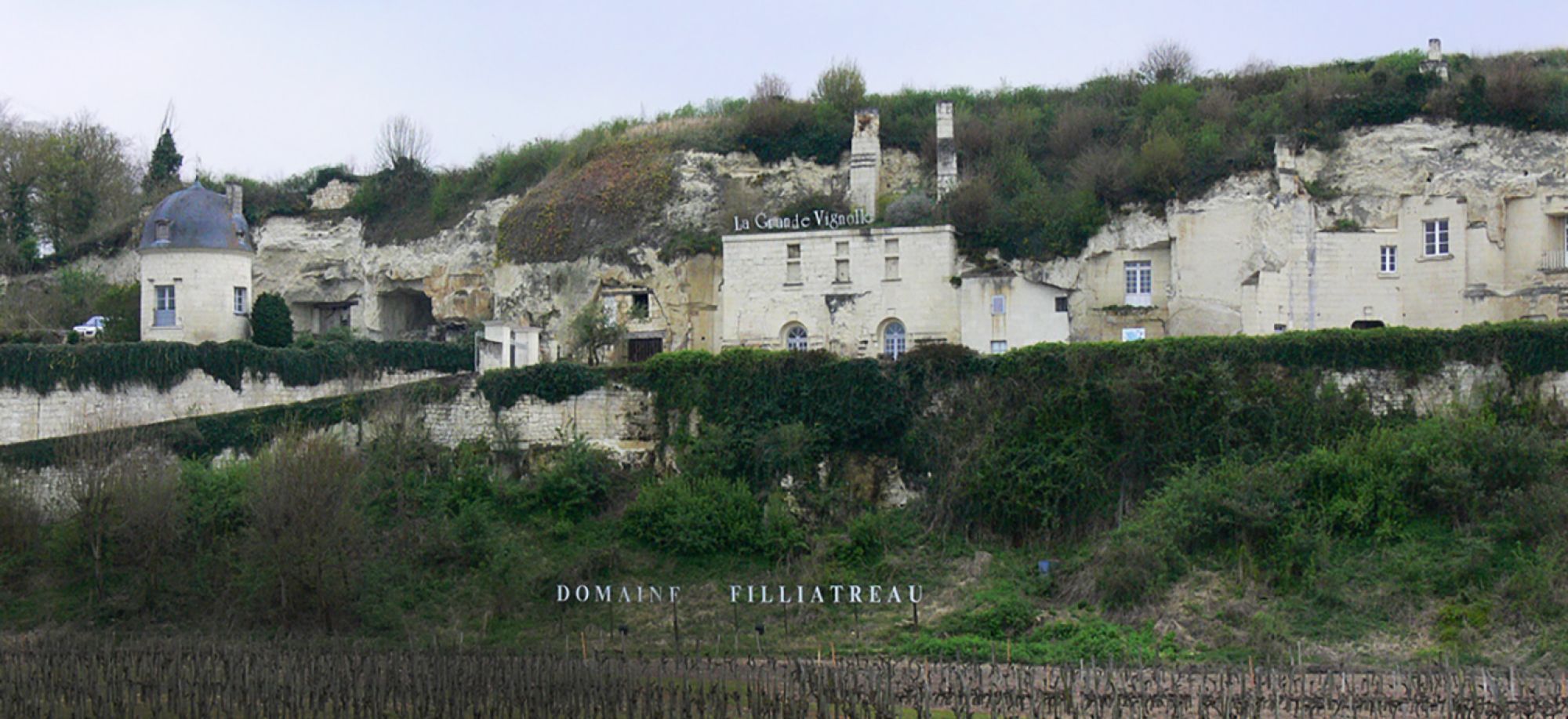- Saumur-Champigny, Loire, France
Thank you to importer Louis/Dressner for this profile of Filliatreau:
(Click here for more Filliatreau information From LDM and here for the winery's website)
Domaine Filliatreau is a large estate of about 50 hectares located near the city of Saumur. The estate is known for its fruity, easy drinking style of Cabernet Franc; in fact it was founder Paul Filliatreau's stylistic shift to stainless steel vinifications with short macerations in the 1970's that made the style popular and in demand in Parisian bistros.
The vast majority of the production consists of Cabernet Franc from the Saumur and Saumur-Champigny appellations, along with a small amount of Chenin Blanc for white wine. Since the early 1990's a side project focusing on organic viticulture called Château Fouquet has been run in tandem with the historic Filliatreau vineyards. Today, the entirety of the Filliatreau estate is certified organic and Château Fouquet is on the verge of being certified biodyamic.
Their most famous vineyard is called La Grande Vignolle; it rests atop a tuffeau stone outcrop that runs along the Loire river for a number of kilometers. During the 16th and 17th centuries, the stone, a creamy colored limestone, was quarried for building some of the great monuments and châteaux of the Loire. Cave dwellings and a few formidable houses were actually carved into the cliffs. The "La Grande Vignolle" label is a depiction of this site.
The soil and subsoil of the vineyard are highly calcareous. This type of soil lends the Cabernet Franc grapes juicy flavors and good acidity. The vines are of considerable age and yields are kept low. The wine is vinified in stainless steel and bottled unfiltered. It is rich in red fruit flavors, with a touch of tobacco and licorice in the finish and has excellent aging potential.
The other cuvées available in America are a Saumur Blanc called "Lena", an entry level Saumur Rouge, a "Vieilles Vignes" bottling of Saumur-Champigny and the "Château Fouquet" from the vines worked biodynamically. Ocasionally, a pétillant naturel called "Filibulle" is produced and we try to bring in as much as we can.




